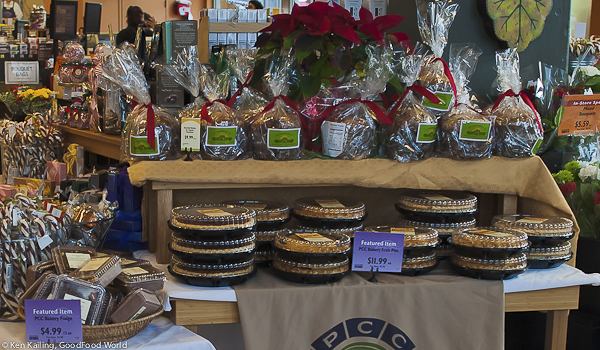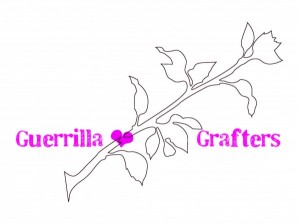Chaya – Mayan Tree-Spinach, Cabbage Star
The Chaya plant offers extraordinary attributes as a food crop: potential year-round yields; highly nutritious; tasty; productive; minimal pest or disease susceptibility; tolerant of diverse growing conditions; easily propagated; perennial; handsome foliage; fragrant flowers that attract butterflies, moths and bees; useful forage for domestic animals. On the minus side… it is freeze-tender; its leaves should be cooked rather than ingested raw; it has but few cultivars, and their relative merit and behavior are practically undocumented. Overall, more people should know about, and grow, Chaya — hence this article.








